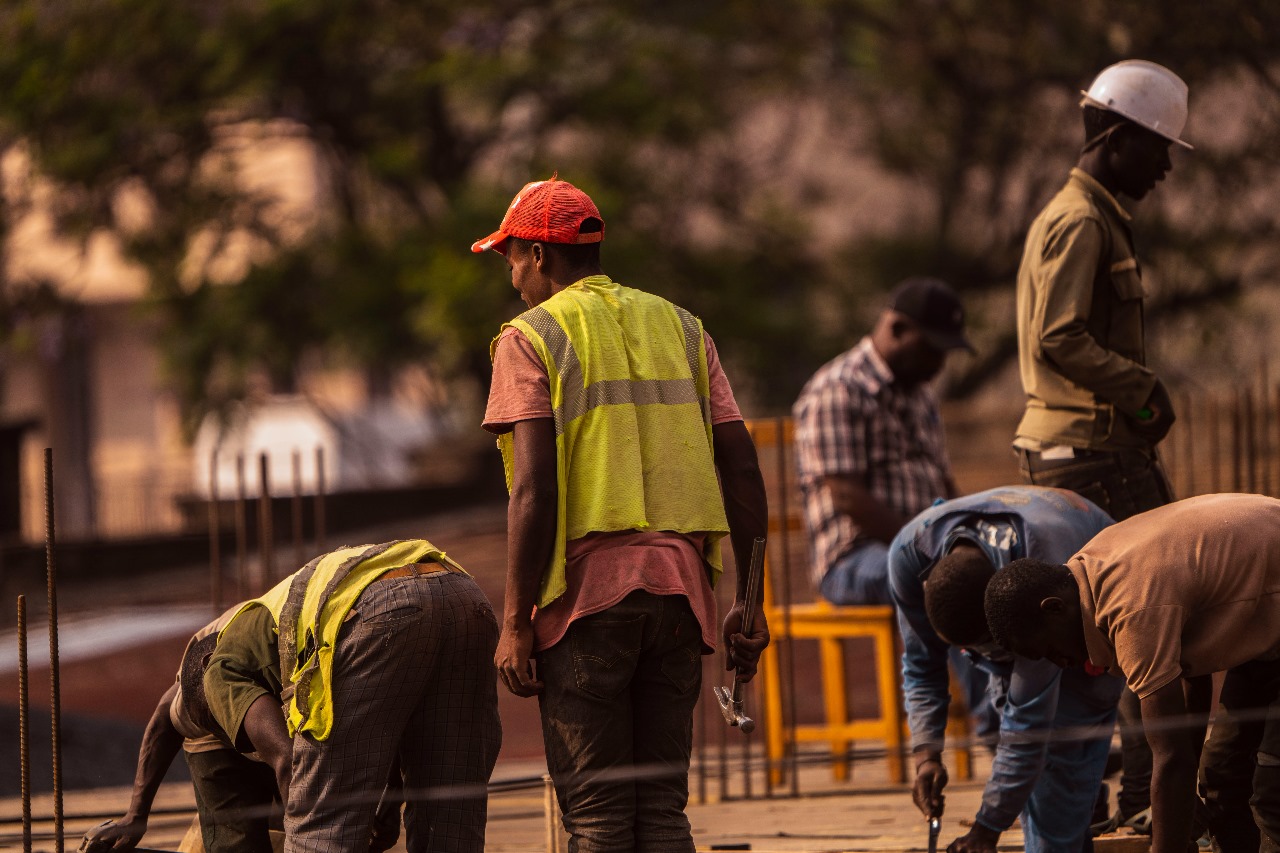As Austin’s population grows and technology advances, austin construction is rapidly embracing smart home technologies and automation. These innovations are transforming how homes are designed, built, and experienced, creating more efficient, secure, and comfortable living environments for residents.
This article explores the latest trends in smart home integration within Austin’s construction industry and what they mean for builders, buyers, and the community.
The Rise of Smart Homes in Austin
What Defines a Smart Home?
Smart homes use interconnected devices and systems controlled remotely or automatically to optimize energy use, security, entertainment, and convenience. Popular features include smart thermostats, lighting controls, security cameras, and voice-activated assistants.
In Austin, homebuyers increasingly expect these technologies as part of new construction, pushing builders to integrate automation seamlessly from the design phase.
Benefits Driving Adoption
- Energy Efficiency: Smart systems optimize heating, cooling, and lighting, reducing energy consumption and costs.
- Enhanced Security: Automated locks, cameras, and alarms offer real-time monitoring and alerts.
- Convenience: Voice commands and mobile apps allow residents to control home functions effortlessly.
- Accessibility: Automation supports aging-in-place by simplifying home management for seniors or individuals with disabilities.
How Austin Construction Incorporates Automation
Designing for Connectivity
Builders are now planning homes with robust wiring and wireless infrastructure to support multiple smart devices. This includes pre-wiring for high-speed internet, integrating smart hubs, and ensuring seamless device interoperability.
Integrating Sustainable Technologies
Many smart home features align with Austin’s commitment to sustainability. Automated shading systems, energy-efficient appliances, and water-saving irrigation controls reduce environmental impact while enhancing comfort.
Collaboration with Technology Providers
Austin construction firms collaborate with tech companies to install, configure, and maintain smart systems, ensuring buyers receive turnkey solutions that work flawlessly from day one.
Market Trends and Consumer Preferences
Growing Demand Among Homebuyers
Austin’s tech-savvy population and young professionals are driving demand for smart homes. According to recent surveys, over 70% of new home buyers in Austin prioritize smart features when selecting a property.
Increasing Value and Marketability
Homes equipped with automation often command higher prices and sell faster. Builders see smart homes as a competitive advantage in a crowded market.
Challenges and Considerations
Cost and Complexity
While smart home technologies offer many benefits, they can increase construction costs and require specialized knowledge. Builders must balance affordability with advanced features to meet diverse buyer needs.
Privacy and Security Concerns
Integrating multiple connected devices raises concerns about data security and privacy. Construction professionals work closely with cybersecurity experts to protect homeowners.
The Future of Smart Homes in Austin Construction
As technology evolves, Austin construction will continue to integrate more advanced automation features, including AI-driven home management, energy storage integration, and smart community infrastructure.
Builders embracing these trends will shape the future of residential construction, delivering homes that are not only smart but intuitive and responsive to residents’ lifestyles.
Conclusion
Smart homes and automation are at the forefront of Austin construction trends, redefining modern living with enhanced energy efficiency, security, and convenience. For builders and developers, understanding and implementing these technologies is crucial to meeting market demands and advancing Austin’s reputation as a tech-forward city.
Whether you’re involved in construction or planning to buy a home, smart technology integration offers exciting opportunities to shape Austin’s residential landscape for years to come.
